- Home
- Foot & Ankle Conditions
- Arthritic Conditions
- Hallux Rigidus
Arthritic Conditions: Big Toe Arthritis (Hallux Rigidus)
- Published 11/1/2017
- Last Reviewed 5/15/2024
In this video, we discuss Big Toe Arthritis and the advanced treatment options available at UFAI.
What's hallux rigidus?
Also known as big toe arthritis, hallux rigidus is a form of degenerative arthritis that affects the joint at the base of the big toe.
This condition often leads to stiffness, swelling, and pain in the affected joint, particularly during activities that require bending of the toe
- Hallux limitus vs. hallux rigidus: what's the difference?
- What are the symptoms of hallux rigidus and hallux limitus?
- What are causes and risk factors of hallux limitus and hallux rigidus?
- How is hallux limitus and hallux rigidus diagnosed?
- Non-surgical treatments for hallux rigidus
- Surgical options for hallux rigidus
- UFAI offers the most advanced treatment for big toe joint pain and hallux rigidus
- Frequently Asked Questions about Hallux Limitus
- Can hallux rigidus cause knee or back pain?
- Can hallux rigidus cause other problems?
- Can hallux rigidus cause plantar fasciitis?
- Can you run with hallux rigidus?
- How to prevent hallux rigidus?
- What are the best shoes for hallux rigidus?
- Will orthotics help big toe arthritis?
- Do you use the Hemi joint implant for hallux ridigus treatment?
20,891 Total 1st Party Reviews / 4.9 out of 5 Stars
 Dr. Franson is great. Physical Therapist Suzanne is great as well, and all the staff. Always satisfied when I go here for tre...Tracey T.
Dr. Franson is great. Physical Therapist Suzanne is great as well, and all the staff. Always satisfied when I go here for tre...Tracey T. Keep doing such amazing workAngel C.
Keep doing such amazing workAngel C. The referrals came through quickly and they called me to book an appointment for physical therapy which nobody else does!Catriona D.
The referrals came through quickly and they called me to book an appointment for physical therapy which nobody else does!Catriona D. Good.Lisa E.
Good.Lisa E. ExcellentRichard A.
ExcellentRichard A. I like him and will
I like him and will
Recommend him to friendsMaureen K. Doctor is very personable and agreeable. Great professional.Joel C.
Doctor is very personable and agreeable. Great professional.Joel C. Dr. Nalbandian is the best. I had shots in both ankles and she was so very gentle. Very warm and friendly.Michelle G.
Dr. Nalbandian is the best. I had shots in both ankles and she was so very gentle. Very warm and friendly.Michelle G. As I waited in the sitting room for my 1:30 appointment, I was thinking about how many stars to dock since it was now 3:00!!! ...Halleh M.
As I waited in the sitting room for my 1:30 appointment, I was thinking about how many stars to dock since it was now 3:00!!! ...Halleh M. Thorough, competent and my Feet are feeling better. I valued the shoe recommendations too.Nancy R.
Thorough, competent and my Feet are feeling better. I valued the shoe recommendations too.Nancy R. Very pleased with UFAIVirginia H.
Very pleased with UFAIVirginia H. Dr little is great.I thought I was going to operated but saved my foot.Highly recommend themPerry S.
Dr little is great.I thought I was going to operated but saved my foot.Highly recommend themPerry S.
-
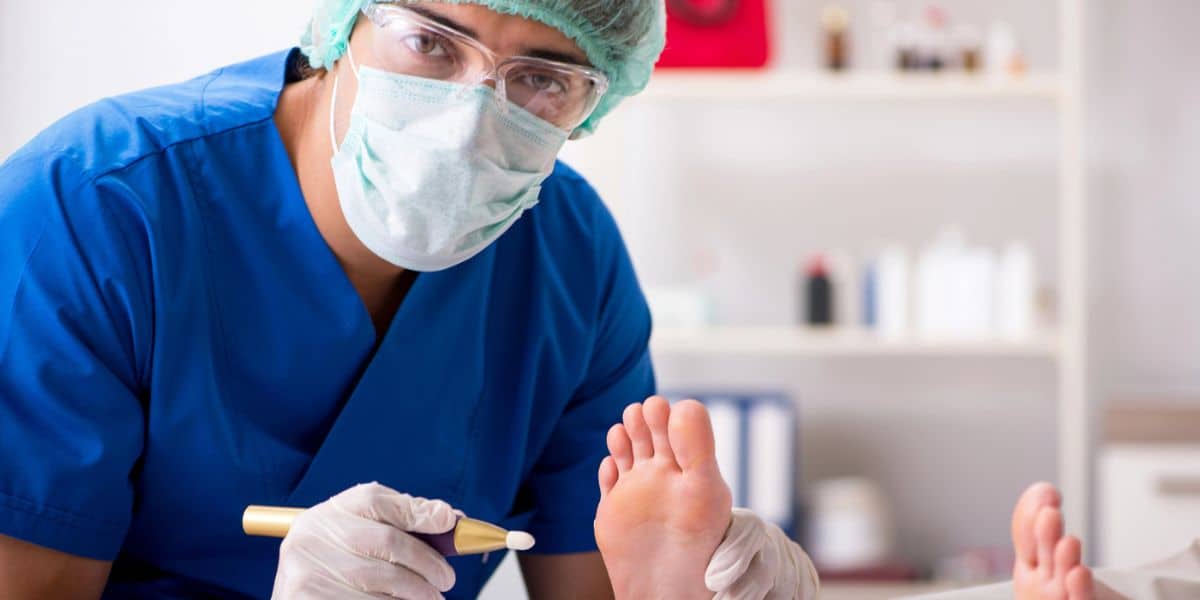 Listen Now
Should I See a Podiatrist or Orthopedist for Foot Pain and Ankle Problems?
Read More
Listen Now
Should I See a Podiatrist or Orthopedist for Foot Pain and Ankle Problems?
Read More
-
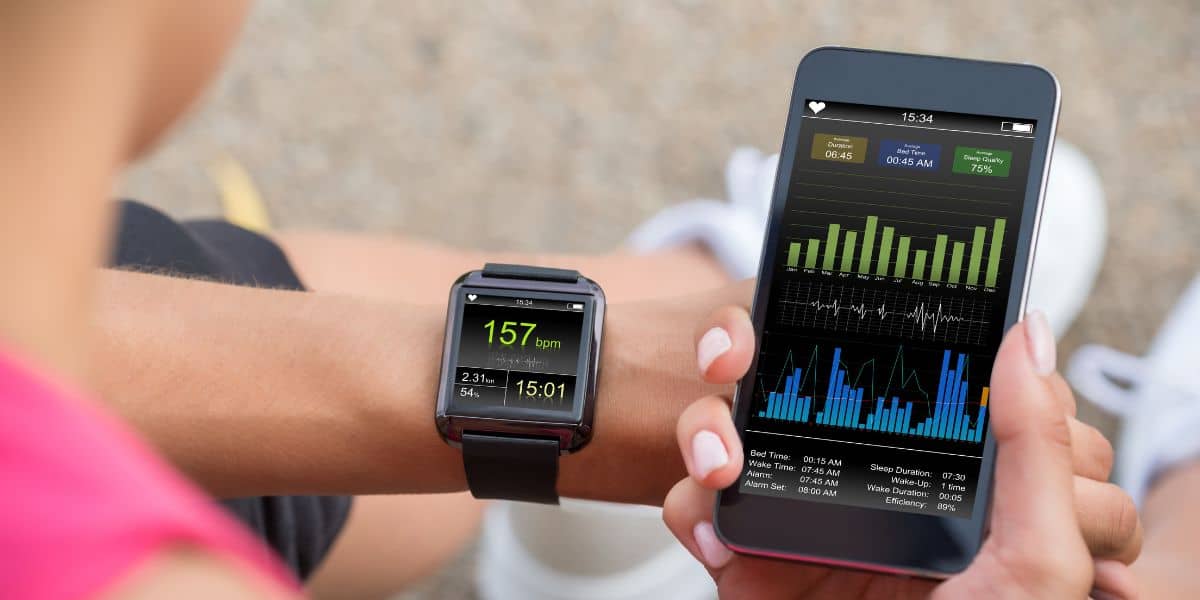 Listen Now
How Many Steps Do I Need A Day?
Read More
Listen Now
How Many Steps Do I Need A Day?
Read More
-
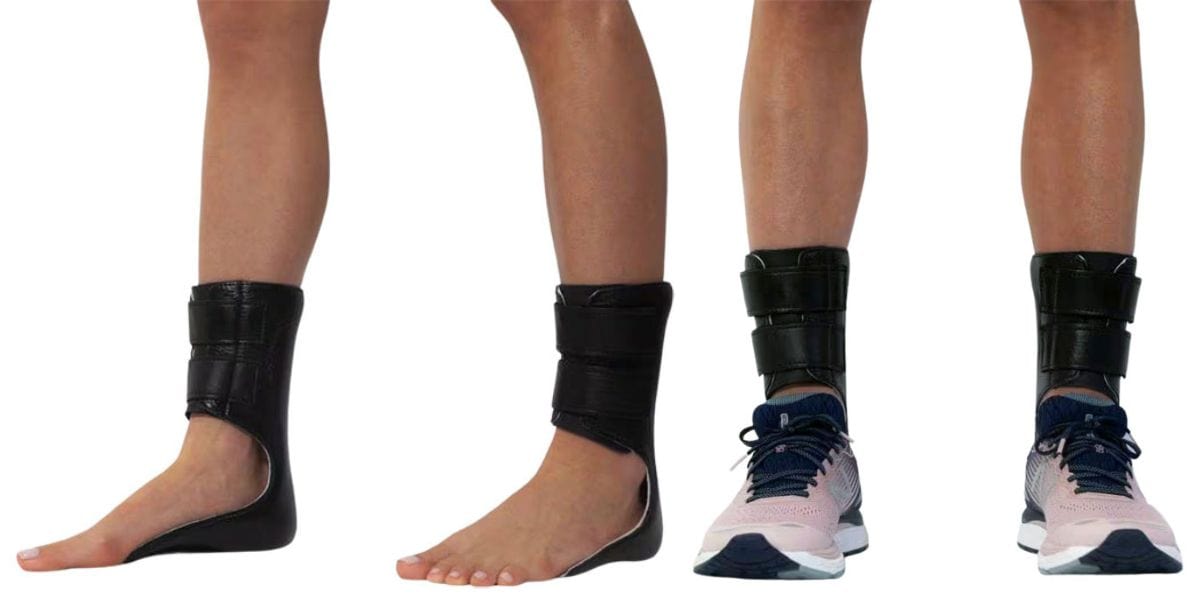 Listen Now
Moore Balance Brace: Enhance Stability and Prevent Falls for Better Mobility
Read More
Listen Now
Moore Balance Brace: Enhance Stability and Prevent Falls for Better Mobility
Read More
-
 Listen Now
Bunion Surgery for Seniors: What You Need to Know
Read More
Listen Now
Bunion Surgery for Seniors: What You Need to Know
Read More
-
 Listen Now
Swollen Feet During Pregnancy
Read More
Listen Now
Swollen Feet During Pregnancy
Read More
-
 Listen Now
How To Tell If You Have Wide Feet
Read More
Listen Now
How To Tell If You Have Wide Feet
Read More
-
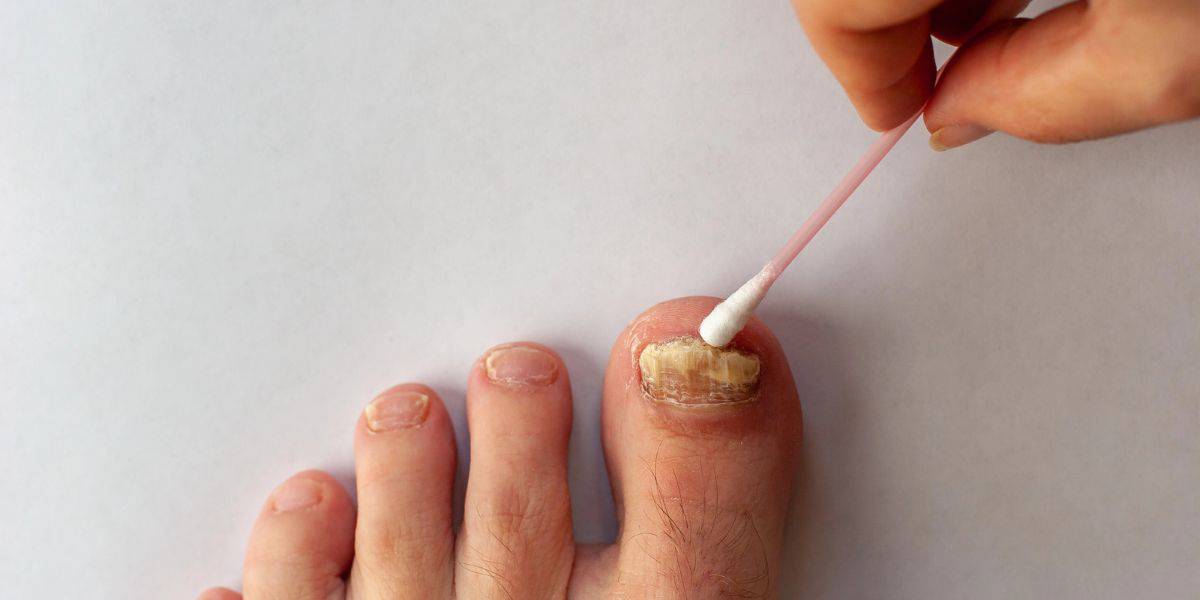 Listen Now
What To Do When Your Toenail Is Falling Off
Read More
Listen Now
What To Do When Your Toenail Is Falling Off
Read More
-
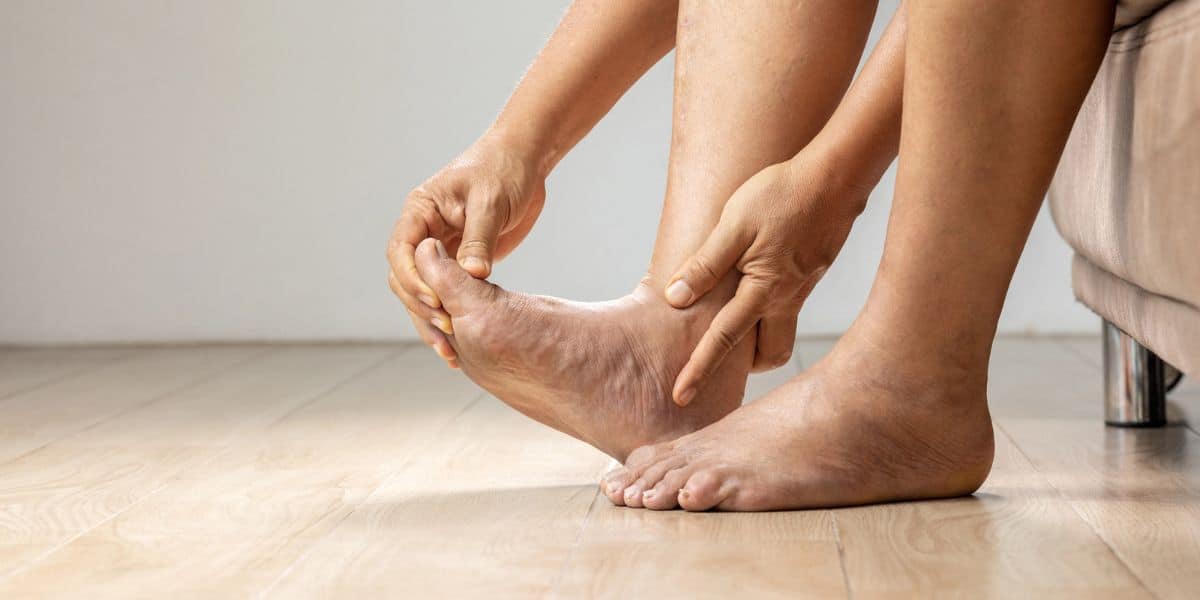 Listen Now
Top 10 Non-Surgical Treatments for Morton's Neuroma
Read More
Listen Now
Top 10 Non-Surgical Treatments for Morton's Neuroma
Read More
-
 Listen Now
Bunion Surgery for Athletes: Can We Make It Less Disruptive?
Read More
Listen Now
Bunion Surgery for Athletes: Can We Make It Less Disruptive?
Read More
-
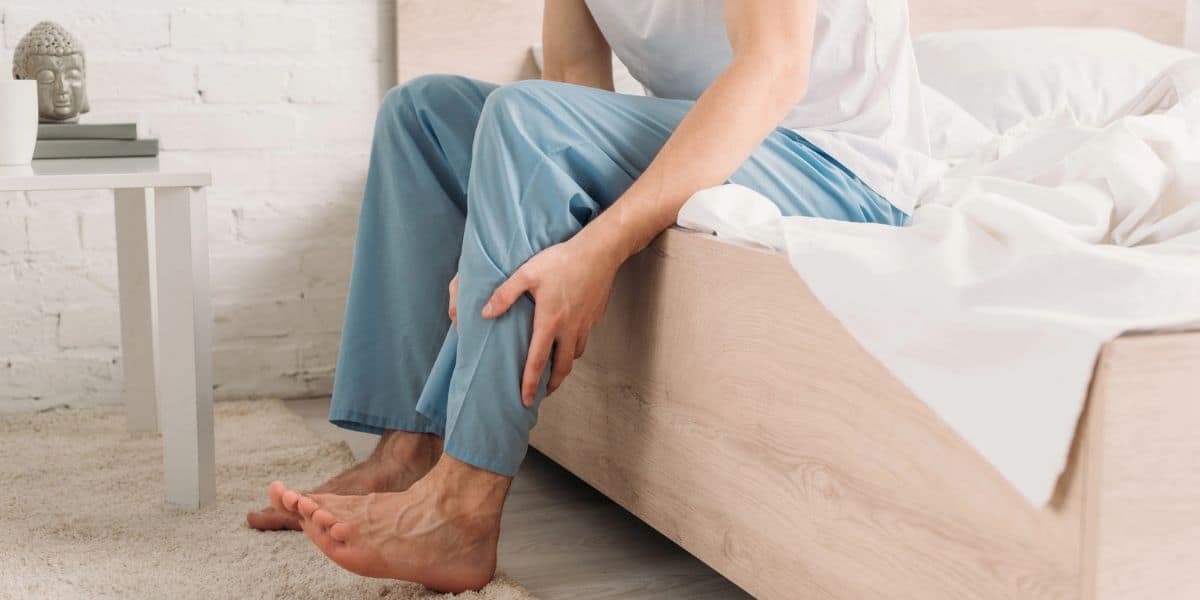 Listen Now
What Are Shin Splints?
Read More
Listen Now
What Are Shin Splints?
Read More
-
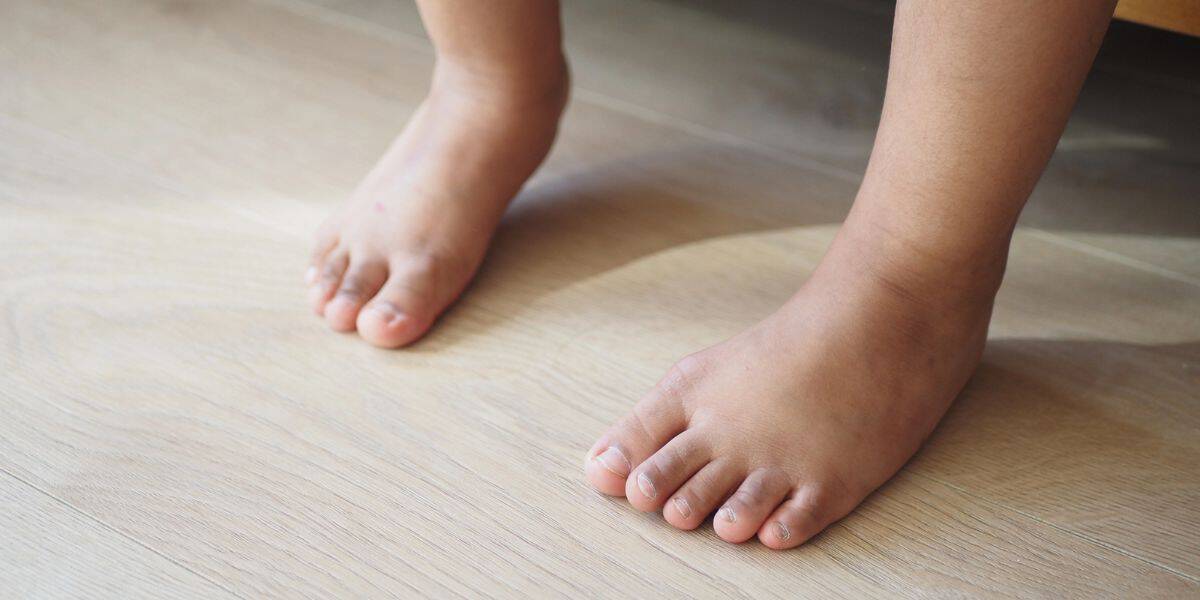 Listen Now
Pediatric Bunion Surgery
Read More
Listen Now
Pediatric Bunion Surgery
Read More
-
 Listen Now
Do Blood Pressure Medicines Cause Foot Pain?
Read More
Listen Now
Do Blood Pressure Medicines Cause Foot Pain?
Read More
-
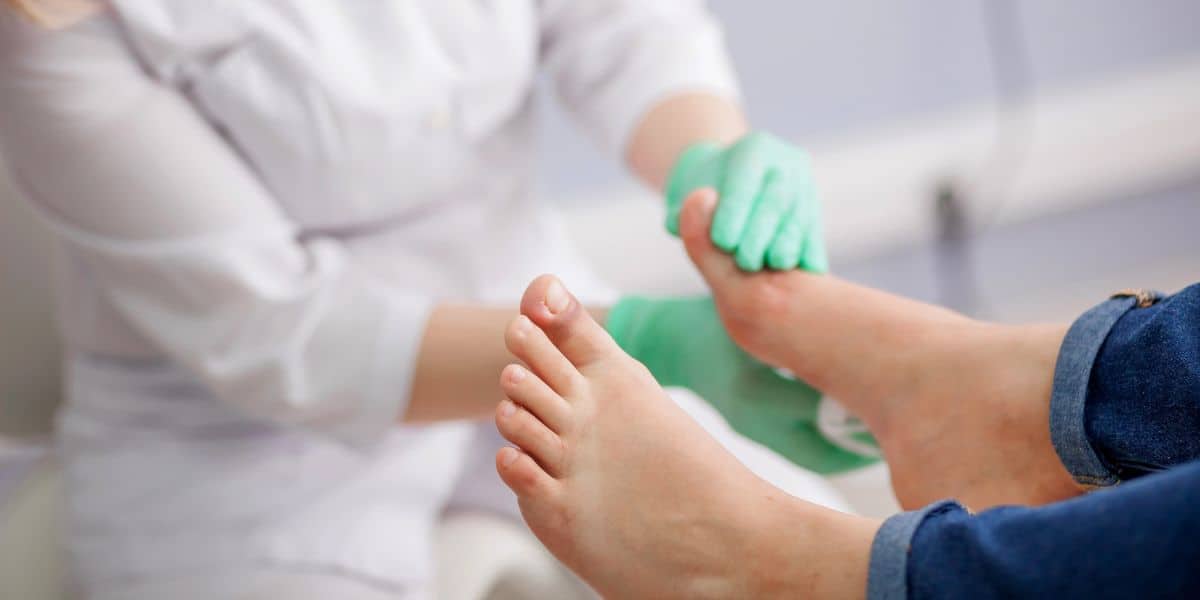 Listen Now
Non-Surgical Treatment for Plantar Fasciitis – What Are Your Options?
Read More
Listen Now
Non-Surgical Treatment for Plantar Fasciitis – What Are Your Options?
Read More
-
 Listen Now
Is Bunion Surgery Covered By Insurance?
Read More
Listen Now
Is Bunion Surgery Covered By Insurance?
Read More
-
 Listen Now
15 Summer Foot Care Tips to Put Your Best Feet Forward
Read More
Listen Now
15 Summer Foot Care Tips to Put Your Best Feet Forward
Read More

















